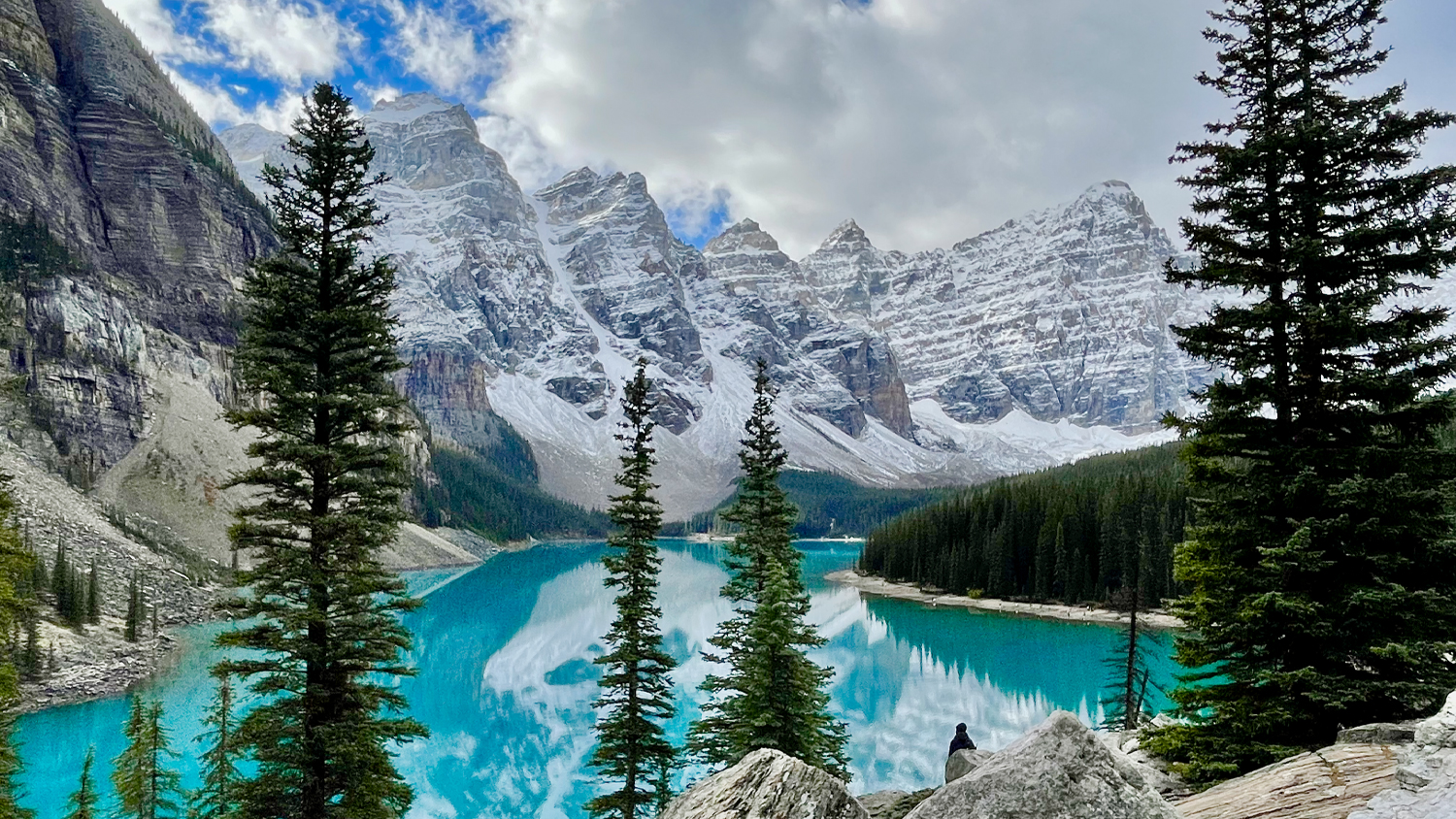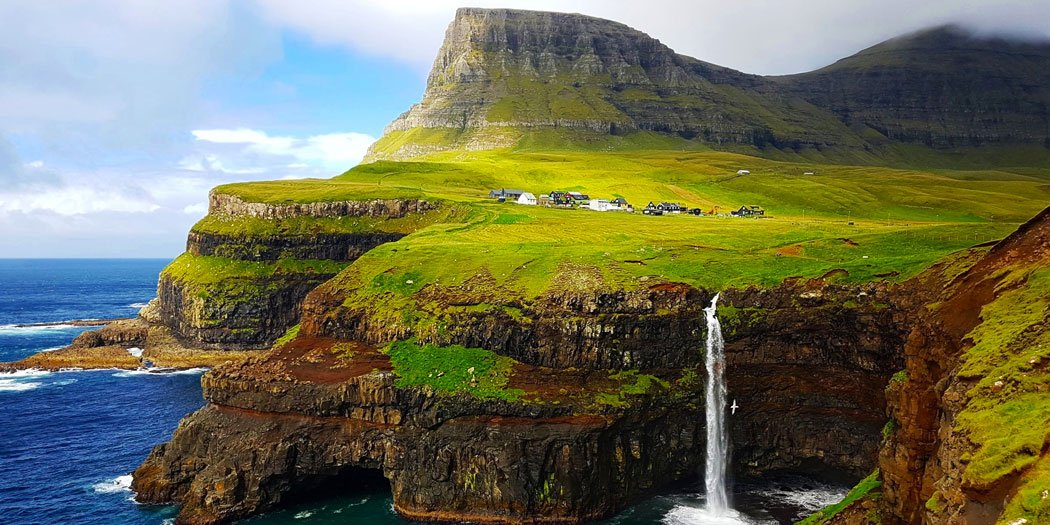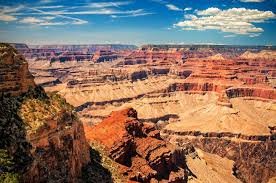Active Volcano Tours: Is It Worth the Risk?
Active volcanoes are some of the most awe-inspiring natural wonders on Earth. They attract adventurers, scientists, and thrill-seekers alike who are eager to witness their explosive power and dynamic landscapes. From lava flows to ash clouds, volcanoes present a unique opportunity to witness Earth’s raw power up close. However, visiting these natural giants comes with significant risks. In this article, we’ll explore the risks of active volcano tours, the reasons why people are drawn to them, and whether it’s worth the risk.
The Appeal of Active Volcano Tours
Volcanoes have long been a source of fascination and mystery. Their unpredictable eruptions and the dramatic landscapes they create make them a magnet for tourists. Many travelers are attracted to the idea of seeing lava flowing from craters, the potential to experience volcanic eruptions, and the stunning landscapes that result from volcanic activity.
- Unmatched Beauty
Active volcanoes offer a breathtaking spectacle. The lava lakes of Hawaii, the erupting craters of Iceland, or the ash-filled skies of Mount Etna in Italy are sights that few places on Earth can match. The beauty of the fiery orange lava against the backdrop of dark volcanic rock and lush vegetation makes for a stunning visual experience. - A Unique Adventure
Unlike most tourist destinations, volcanoes offer an adventure that is ever-changing. One day, you might hike up a volcano and see steam vents rising from the earth, while the next day, the volcano could erupt, spewing ash and lava. The thrill of knowing that you’re witnessing a live and unpredictable event draws people to these locations. - Scientific Interest
For geologists, volcanologists, and other scientists, active volcanoes are the perfect classroom. They allow researchers to observe volcanic behavior, study the patterns of eruptions, and understand how these natural forces shape the Earth’s crust. The study of active volcanoes is crucial in predicting future eruptions and understanding their potential impact on the surrounding environment. - Cultural and Historical Significance
Many volcanoes are located in regions with rich cultural histories. For instance, the ancient ruins of Pompeii in Italy, destroyed by the eruption of Mount Vesuvius in 79 AD, are a significant historical site. Visiting volcanoes can offer a deep dive into the past and allow travelers to understand how different civilizations have coexisted with these natural giants over centuries.
The Risks of Active Volcano Tours
Despite their allure, active volcanoes pose significant risks. These natural phenomena are inherently unpredictable and can be deadly. Tourists are often unaware of the true dangers involved in visiting active volcanoes, which can range from sudden eruptions to toxic gas emissions. Here are the primary risks involved:
- Eruptions
The most obvious risk is the potential for a volcanic eruption. Active volcanoes, by definition, are prone to erupting at any moment. Even with modern monitoring techniques, it’s often difficult to predict exactly when and where a volcano will erupt. In some cases, eruptions can be massive and catastrophic, leading to the loss of life, destruction of property, and long-term environmental damage. - Lava Flows
Lava flows are one of the most dangerous aspects of an active volcano. While lava flows are slow-moving, they can reach temperatures of over 1,000 degrees Celsius (1,832 degrees Fahrenheit), making them lethal. Even if you’re not directly in the path of the flow, the heat and gases emitted from the lava can be deadly. In addition, volcanic eruptions can trigger pyroclastic flows, which are fast-moving currents of hot gas and ash that can travel at speeds of up to 700 km/h (430 mph), devastating everything in their path. - Toxic Gases
Volcanic eruptions release a variety of toxic gases, including sulfur dioxide, carbon dioxide, and hydrogen sulfide. These gases can pose serious health risks, causing respiratory issues, dizziness, nausea, and even death. The air around active volcanoes can be filled with poisonous fumes, particularly during or after an eruption, making it hazardous to be in the vicinity without proper precautions. - Earthquakes and Landslides
Volcanic activity often triggers seismic events, such as earthquakes and landslides. These earthquakes can cause ground shaking, resulting in landslides that may bury roads, villages, and hikers. Landslides can be especially dangerous if they occur without warning, and they often accompany volcanic eruptions, further complicating evacuation efforts. - Unstable Terrain
The terrain around active volcanoes can be unpredictable. Ash and volcanic debris can cover the ground, making it slippery and unstable. Hiking around a volcano’s summit can be treacherous, and paths may be hidden beneath layers of ash or lava rock. Even without an eruption, the unstable ground can cause accidents and injuries. - Ash Clouds
Volcanic ash clouds are another risk. These clouds can travel thousands of kilometers, disrupting air travel, contaminating water supplies, and damaging infrastructure. For those nearby, inhaling ash can cause severe respiratory problems, especially for people with pre-existing lung conditions like asthma. Ashfall can also block out sunlight, causing dangerous conditions on the ground. - Lack of Immediate Medical Help
Many active volcanoes are located in remote or underdeveloped regions, making it difficult to access immediate medical assistance. In the event of an injury or health issue, it could take hours, if not days, to receive treatment. This is especially concerning in areas where the nearest hospital is far from the site of the volcano.
How to Stay Safe While Visiting Active Volcanoes
While the risks are real, there are ways to minimize them. If you’re determined to visit an active volcano, it’s essential to take precautions to ensure your safety:
- Follow Local Guidelines and Regulations
Most volcanoes have strict guidelines in place to ensure tourist safety. Always follow these rules, and avoid venturing into restricted areas. Tourists are often limited to designated safe zones, which are monitored for volcanic activity. Ignoring these restrictions can put your life in danger. - Hire a Local Guide
A local guide with knowledge of the area and the volcano is invaluable. These guides are familiar with the terrain, and they can offer expert advice on where to go and what to avoid. Many active volcano tours are led by certified guides who are trained to handle emergencies, making them an essential part of your safety plan. - Check Volcanic Activity Reports
Before embarking on a trip, check for updates on volcanic activity. Many regions with active volcanoes provide up-to-date reports on the volcano’s activity level. Websites and apps dedicated to monitoring volcanic activity can give you an idea of what to expect and whether it’s safe to visit. - Wear Protective Gear
Make sure to wear appropriate clothing, including sturdy hiking boots, gloves, and a helmet if necessary. Ash can be hot and sharp, so protecting your body from the rough terrain and falling debris is crucial. In some areas, you may also need to wear a gas mask to protect against toxic fumes. - Be Prepared for Emergencies
Have a plan in case of an emergency. Know the evacuation routes, and carry a first aid kit and other essentials, such as water and snacks. Make sure someone knows your itinerary and when to expect you back. In case of an eruption or unexpected event, having a plan can save your life.
Is It Worth the Risk?
The decision to visit an active volcano ultimately depends on your personal sense of adventure and willingness to accept the inherent dangers. If you’re a thrill-seeker looking for an adrenaline rush or a scientist interested in studying volcanic behavior, the experience can be exhilarating and rewarding. However, it’s important to respect the power of these natural forces and understand the risks involved.
For most people, visiting an active volcano can be an incredible experience when approached with caution. By staying informed, following safety protocols, and respecting the environment, you can minimize the risks and fully enjoy the unique beauty that these natural wonders offer. However, it’s not for everyone—if you’re someone who is not comfortable with high-risk activities, it might be best to enjoy the beauty of volcanoes from a safe distance.


